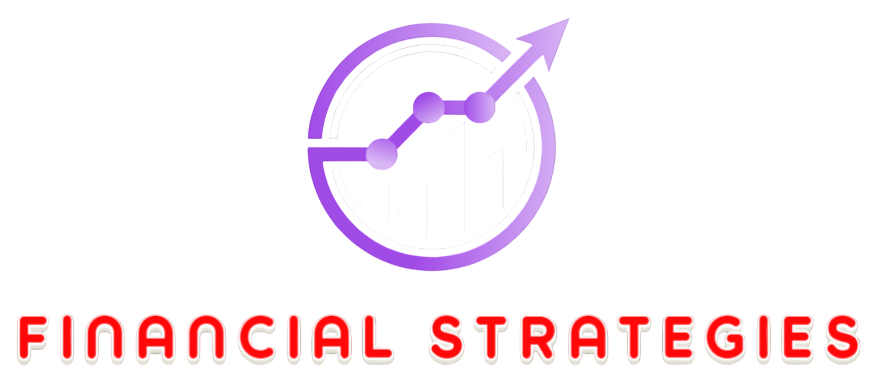Starting a new venture is thrilling, but the excitement can sometimes blind entrepreneurs to the harsh reality: not every idea is worth pursuing. While passion and drive are essential, they must be backed by careful validation. Jumping into a startup without first confirming market demand, competition, and customer interest can lead to wasted resources and missed opportunities.
Validating a business idea doesn’t require massive investment—it demands strategic thinking, research, and engagement with potential customers. Here’s how aspiring entrepreneurs can assess whether their idea is worth building before committing fully.
Define the Problem Clearly
Every successful startup addresses a real, pressing problem. The first step in validation is to articulate the issue your idea aims to solve. Is it a common pain point? Do people actively search for solutions? Can it improve an existing process or fill a gap in the market?
Rather than assuming a need exists, it’s crucial to confirm that the problem is significant enough that people are willing to pay for a solution. Clarity at this stage will serve as the foundation for every validation step that follows.
Research Your Target Audience

Without a clear understanding of your target audience, your idea is just a shot in the dark. Who are the people most likely to need your product or service? What are their demographics, behaviors, and preferences?
Start by building simple user personas. These fictional profiles help guide decisions about features, marketing channels, and communication tone. Once you’ve outlined potential customer types, begin engaging with real people—through online forums, surveys, or informal interviews—to gather qualitative insights.
Platforms like Reddit, LinkedIn groups, Facebook communities, and niche industry forums are excellent places to test the waters and collect honest opinions.
Analyze the Competitive Landscape
Before diving into development, it’s vital to know who else is already addressing the same problem. Competitive analysis will show whether your idea is genuinely unique, or if you’re entering a crowded market.
Instead of fearing competition, use it as a guide. Study how existing businesses operate, what customers praise, and what they complain about. These gaps can help you craft a differentiated offer.
Midway through your research, consider aligning your findings with professional terminology and strategy frameworks, like those found on businessphrases.net. It can help articulate insights in a way that resonates with investors or partners.
Build a Minimum Viable Product (MVP)
Rather than launching a full product, start with an MVP—a basic version that offers just enough functionality to solve the core problem. This allows you to gauge user reactions before committing extensive resources.
Your MVP doesn’t need to be high-tech. It could be a landing page explaining the concept, a short demo video, a clickable prototype, or a concierge model where services are delivered manually behind the scenes. The key is to observe how people interact with it and whether they’re willing to take the next step, such as signing up or making a payment.
Validate Through Pre-Sales or Sign-Ups
If people are willing to pay for or commit to your product before it even exists, it’s a strong sign that you’re onto something valuable. Pre-sales campaigns, such as those run through Kickstarter or on your own website, can provide both financial support and market proof.
Alternatively, gathering email sign-ups through a simple landing page can indicate interest. Use tools like Google Ads or social media to drive traffic and monitor engagement. A high click-through rate and growing email list suggest genuine interest, while silence might indicate a need to pivot or refine your offer.
Seek Honest Feedback
Feedback is the backbone of validation. However, not all feedback is equal. Friends and family often provide encouragement rather than critique. Instead, seek insights from your intended users or professionals in the field who aren’t emotionally invested in your success.
Frame your questions carefully. Ask what users like, what confuses them, and what would make them hesitate to use or buy the product. Look for patterns rather than isolated comments, and be open to making changes based on what you learn.
Assess Scalability and Profitability
Even if your idea solves a problem and has initial traction, you must ask: can it grow? An idea that’s too reliant on your personal time or one that operates in a very narrow niche may struggle to scale.
Look at the economics. What’s the cost of acquiring a customer versus the lifetime value? Are there opportunities for recurring revenue or upselling? These business fundamentals will shape whether your idea has long-term potential or is better suited as a side project.
Test in Real-World Scenarios
Sometimes the best validation comes from observing behavior in the real world. Run small, low-risk tests like pop-up shops, trial services, or collaborations with existing platforms. These experiments can reveal operational hurdles, user interest, and unexpected challenges you hadn’t accounted for.
Even a failed test provides critical information. It can help you refine your approach or identify a more promising direction.
Conclusion
Validating a startup idea is not about eliminating all risk—it’s about reducing uncertainty through smart, data-informed steps. From understanding your market to testing demand, each validation tactic gives you more clarity and confidence in your decision to launch.
Skipping this stage can lead to unnecessary financial strain and disillusionment. Taking the time to validate means you’re not just building a product—you’re solving a problem that people truly care about, and doing so with purpose and direction.




